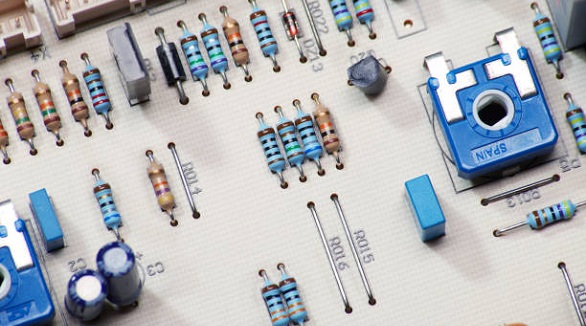PCBX.com Resources
Your source for industry knowledge, news, and expert insights

Latest Posts
Article

Castellated pads in PCB design facilitate easy board-to-board connections, enhancing miniaturization, assembly, solder quality, and flexibility for compact modules.

The 3.3K resistor is vital in electronics for current regulation, is widely available, and ideal in precision circuits, ensuring stability and cost-effectiveness.

FPGAs with Arduino, like MKR Vidor 4000, enhance electronics prototyping with high flexibility, real-time processing, and customization for diverse applications.

Visual components streamline design and simulation in manufacturing, improving communication, user experience, and efficiency, especially for PCB production.

PCB standoffs secure PCBs by spacing them, aiding in thermal management and vibration absorption. They're key for durability and adaptability in electronics.

Transparent PCBs combine aesthetics and functionality using advanced materials, enhancing electronics and offering diverse applications despite high costs and complexity.

PCB pins enable connectivity in electronics, coming in types like through-hole and surface-mount, for signal transfer, power distribution, and modularity.

PCBs are essential but prone to faults. Diagnosis and repair using tools like multimeters and X-rays prevent costly repairs, ensure reliability, and improve quality.
